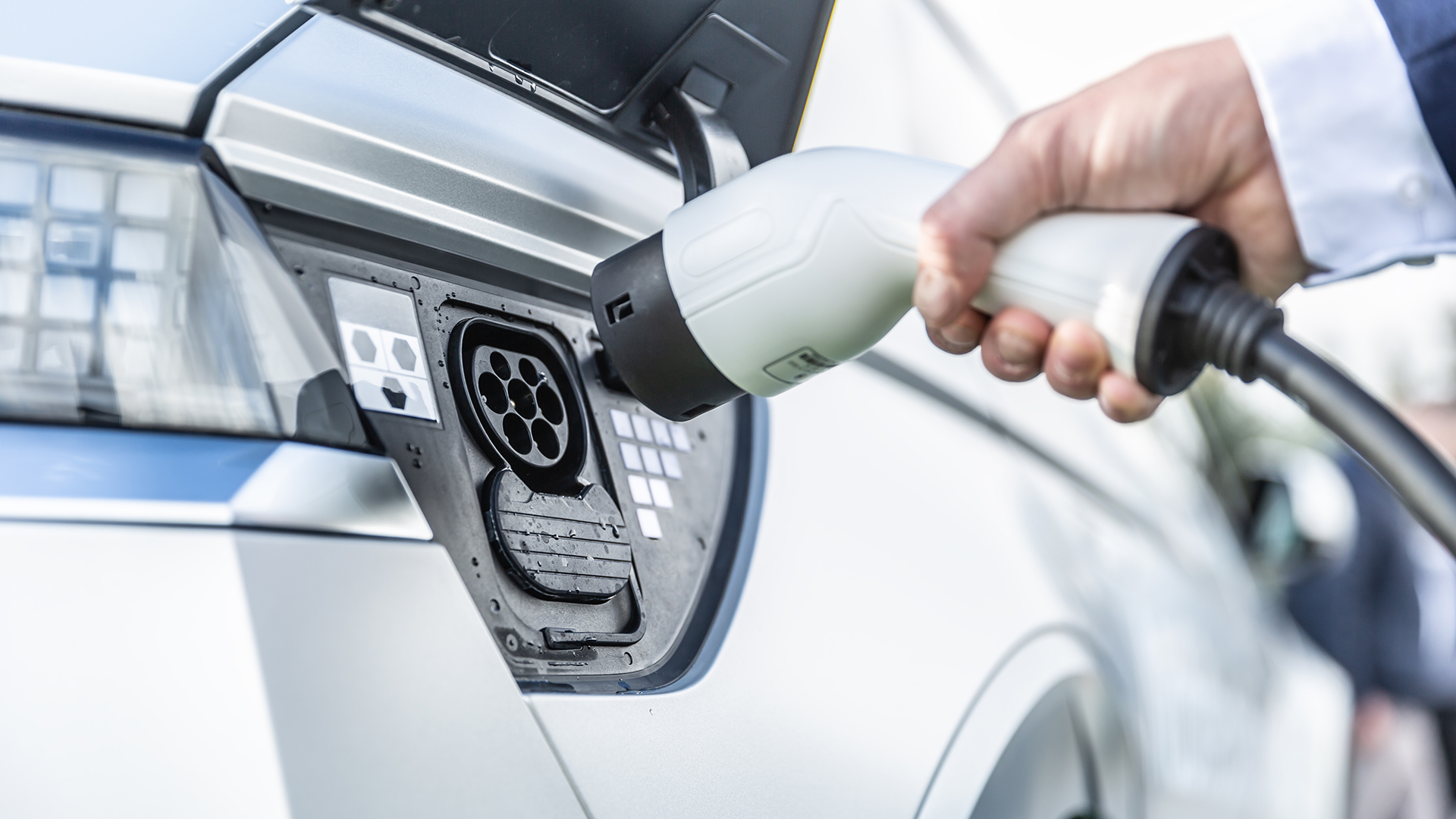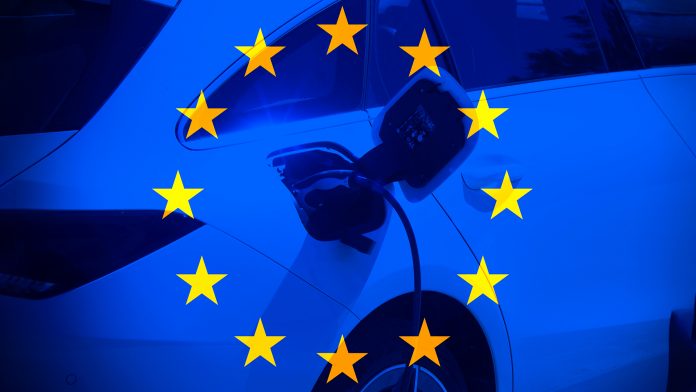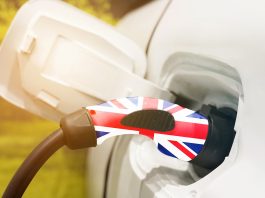Following the delay to EU Rules of Origin tariffs, Jon Lawes, Managing Director at MHC Mobility, explores what this means for the current and future landscape of Europe’s EV transition.
The dust is still settling on the deal brokered by policymakers in the final days of 2023 to push back incoming Rules of Origin tariffs by three years, and the auto industry and transition proponents alike will be celebrating.
The trade rules, had they come into force this month, would have established domestic sourcing quotas that impact EV production on both sides of the Channel. Given the embryonic state of Europe’s battery supply chain, which is eclipsed by its counterparts in China, this was widely expected to drive up costs, denting consumer appetite for EVs and complicating the path to net zero for corporate fleets.
Undoubtedly, the eleventh-hour delay to Rules of Origin tariffs has thrown a lifeline to the EV switch. But the transition journey is far from over. The tariffs postponement is a necessary but not sufficient condition for the success of the zero-emission vehicle transition, and now the real work must resume.
Shifting up a gear
Building confidence in EV adoption remains the key challenge facing Europe’s fleet.
The number of EVs on Europe’s roads saw substantial growth last year, with a 37% increase in volume from 2022. But battery EVs still make up only 14.6% of the continent’s overall fleet, a reminder of how far there is to go before the phase-out of new internal combustion engines (ICE) in 2035.
A break has emerged between corporate fleet and weaker private buyer adoption, while a gap also persists between different EU member states. Central and eastern European countries are much further behind the EV curve than their western neighbours Italy, Spain, France, and Germany.
Confidence will be the key to overcoming this. Over a third of EV charging infrastructure is concentrated in just two member states, and ending this charge point lottery will be vital for overcoming range anxiety and boosting adoption further afield.
Likewise, territorial adoption correlates closely with local incentive regimes, such as tax subsidies, which not only offer a financial leg-up but signal long-term government alignment with the EV transition.

These measures do exist but differ from country to country and must be made more consistently attractive to emulate early corporate fleet success stories and create certainty that EVs are the way to go.
This all poses a headache for local policymakers, weighing up whether to invest now or wait for greater EV demand. But the semblance of choice is misleading.
The 2035 ICE deadline is creeping up, and governments need to sow EV confidence now – particularly with the policy uncertainty of fresh elections on the horizon.
Countdown to 2027 Rules of Origin
The Rules of Origin debacle also threw into sharp focus just how far Europe has fallen behind in the global battery technology race.
China has become an undisputed leader, with recent reports that it has unseated Japan as the leading vehicle exporting nation in 2023, while Chinese automaker BYD’s sales have overtaken those of rival electric car maker Tesla.
This matters because the pause on Rules of Origin tariffs will only last until 2027 and legally bars any further setbacks. Therefore, the continent’s automotive industry must up its supply chain game and make sure domestic BEV technology is on a stronger footing three years from now, with a decreased dependence on Chinese battery producers or risk facing another cliff-edge moment before too long.
In parallel, the rise of Chinese EVs singles out the task of European carmakers to remain competitive. Last year, the EU launched a probe into the impact of cheaper Chinese OEMs on the continent’s market. The concern is understandable, but the additional choice and competitive price point offered by Chinese EVs will be seen favourably by many EV transition participants.
What action policymakers take remains to be seen. Nonetheless, it’s a welcome reminder that better value for drivers is probably a good thing for the EV transition and of the uphill battle facing the continent’s manufacturers.
The road ahead
These are but some of the challenges that remain on the net-zero mobility agenda. After a year of ‘greenlash’, pivotal elections now loom. The EV trade war will continue to cast a shadow over the role of Chinese OEMs in the electric fleet mix. And extreme climate events are likely only to get worse.
The delay to Rules of Origin tariffs may be a welcome and pragmatic step by policymakers on both sides of the Channel, but this cannot veil the hard miles ahead on the fleet transition journey. It’s time to push on.









